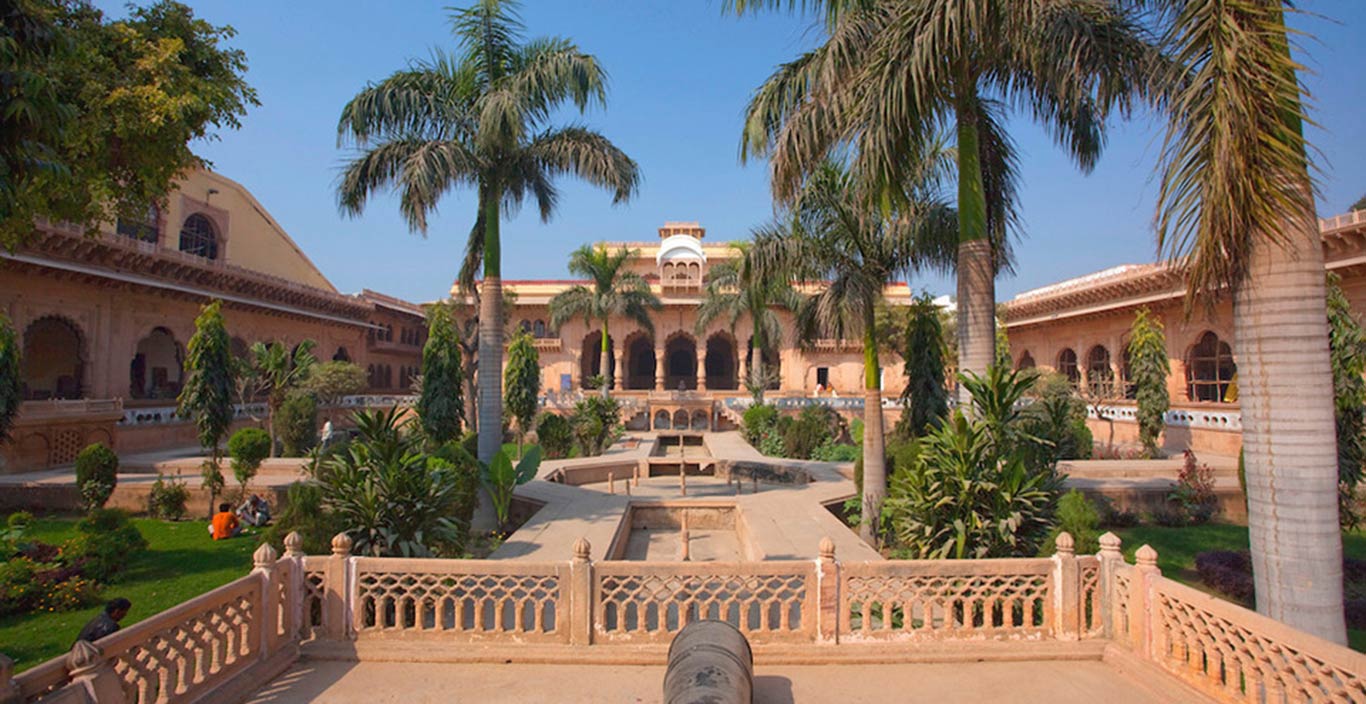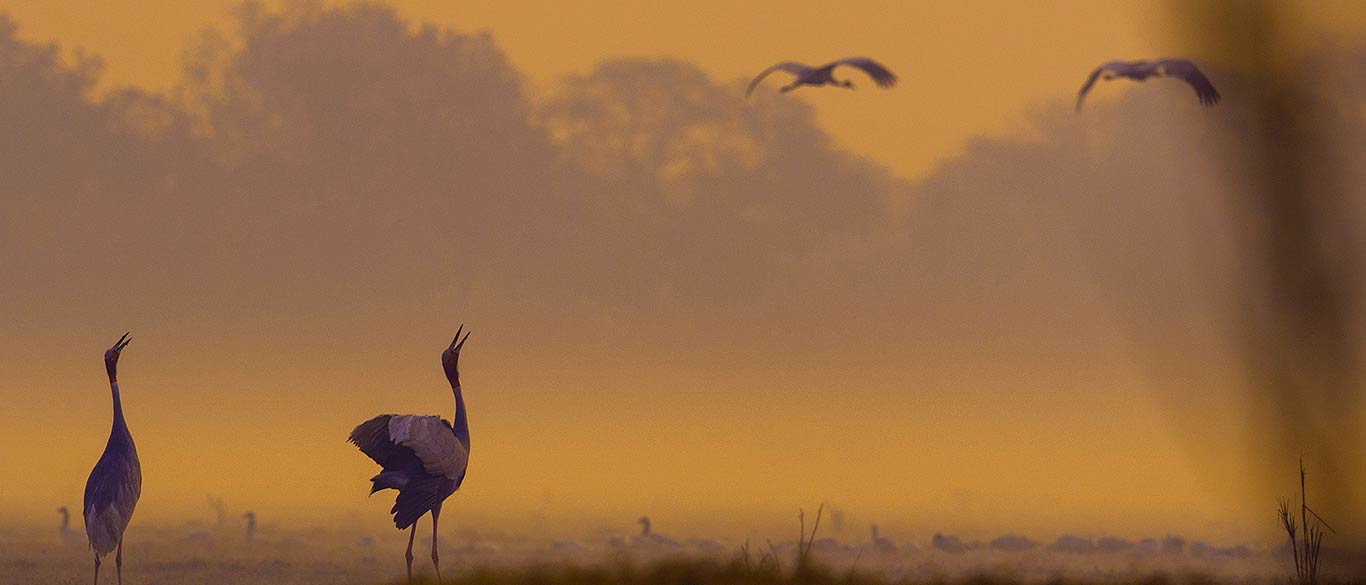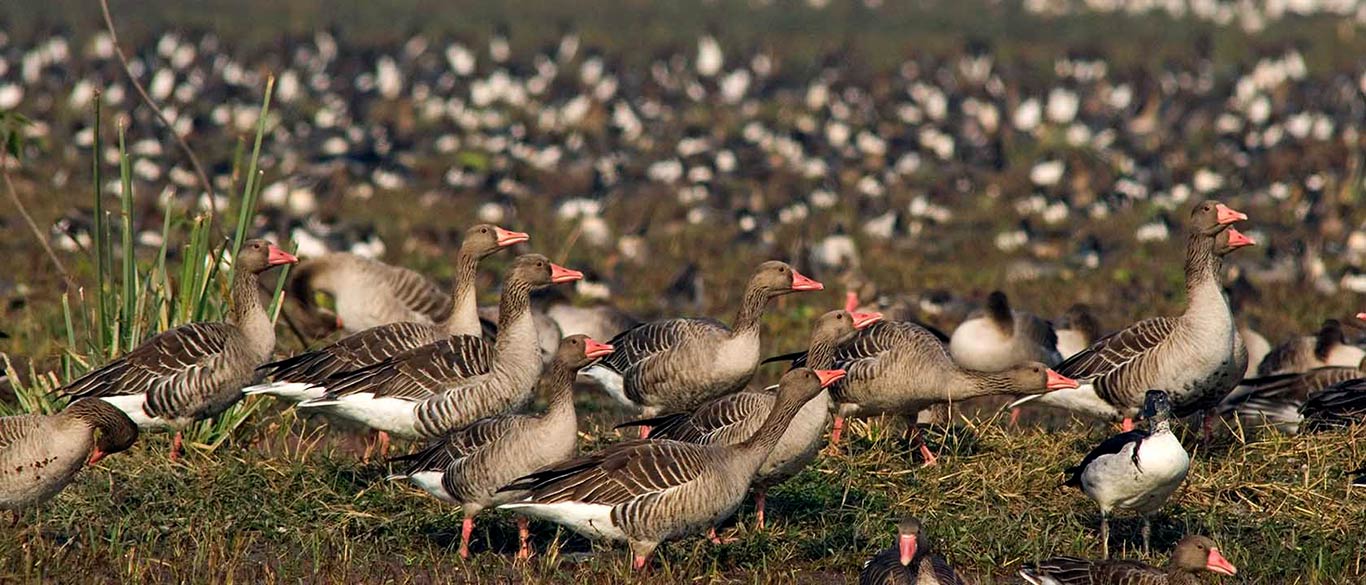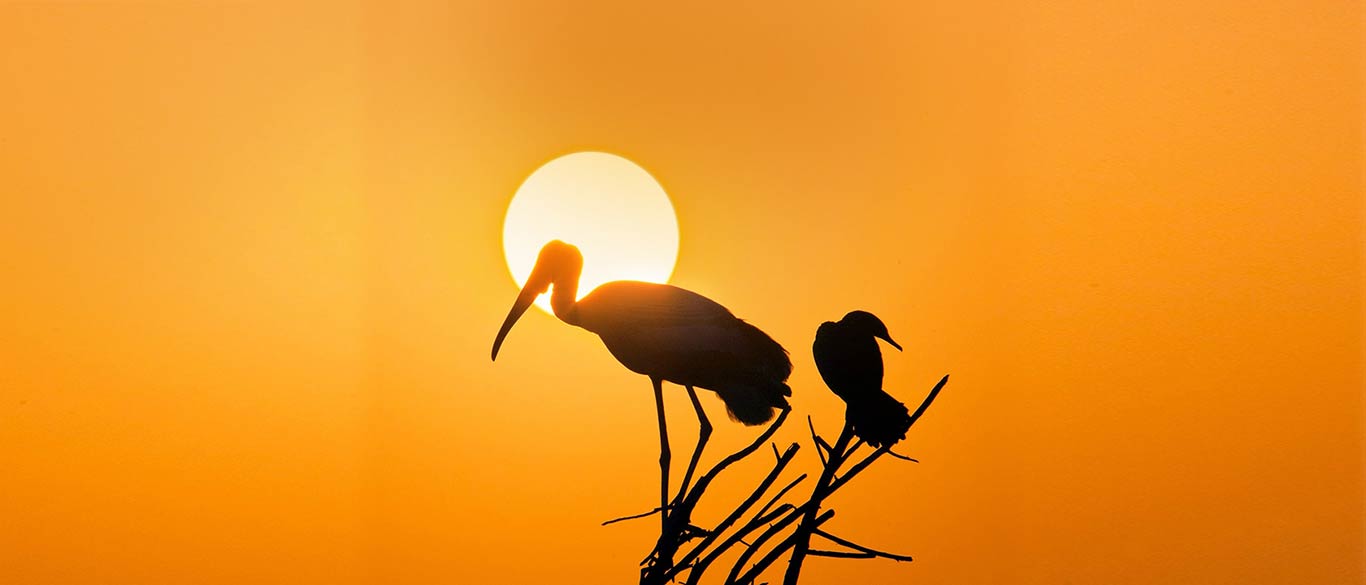Image Courtesy of : Rajasthan Government Tourism Department
Mudumalai literally means ‘ancient hills’ and the sanctuary is quite close to Bandipur. In fact, it is the Moyar river that separates the wildlife preserves. The Mysore – Ooty highway cuts through Mudumalai and tourists to Karnataka do not have to make a detour to see this sanctuary. Though just 320 sq kms, it is rich in wildlife -elephant, gaur, deer and primates like the bonnet macaque and the langur. Among the predator animals are the tiger, the leopard and the dhole or wild dogs that hunt in packs. Like its adjoining parks, Mudumalai is rich in bird life. The Annamalai sanctuary, some 80 km south of Mudumalai, has two rare species of primates – the Nilggiri lanur and the lion tailed macaque.
The best time to visit Nagarhole is October to March. Then you can move on to Bandipur which provides for best sighting between March and August. The ideal time to visit Mudumalai is February to June. Nagarhole and Bandipur are accessible by train to Mysore and by air to Bangalore and from there you can take a car. The nearest air link to Mudumalai is Coimbatore.

Formerly known as the Bharatpur Bird Sanctuary, the Keoladeo National Park is recognized as one of the world’s most important bird breeding and feeding grounds. It originated in as a royal hunting reserve during the 1850s and was a game reserve for Maharajas and the British. In fact, Lord Linlithgow, Viceroy of India from 1936 to 1943, shot over thousands of ducks with his hunting party in a single day!
In 1982, Keoladeo was declared a national park and then later listed as a World Heritage Site by UNESCO in 1985. The park is home to over 370 species of birds and animals such as the basking python, painted storks, deer, nilgai and more.
Noted Indian ornithologist and naturalist Salim Ali used his influence to garner government support to create Keoladeo National Park. It was also known as the breeding ground for the rare and elusive to spot Siberian crane.
Keoladeo National Park offers well-defined treks which can be covered on either foot, or cycle or rickshaws. In fact, the park management has trained the rickshaw pullers in bird watching and they make for extremely knowledgeable guides.Rajasthan Government Tourism Department Tweet

No bird watcher to India should miss the Bharatpur Sanctuary, as it is popularly known. It was the Maharaja of Bharatpur who artificially created this 28.73 sq kms wetland by building small dykes and dams and diverting water from an irrigation canal to this low lying area in the nineteenth century. Just 176 kms from Delhi, Bharatpur is today a haven for winged creatures who have chosen the sheltered protection of the park to breed in.
You can ride out in a boat early in the morning and watch the mixed heronries in the half submerged babul tree or peddle around on a hired bicycle to watch the painted storks, spoonbills, egrets, cormorants, white ibis and a multitude of other birds tending to their young ones. There are cycle rickshaws too, to take visitors round the park and the rickshaw-pullers have an amazing fund of information on birds and bird life. With 300 species of birds and thousands of winged creatures there is an unending flurry of wings, for the birds often fly out to neighboring areas in search of food and return only at night to the shelter of the park.
There are a variety of storks and cranes and the local ‘sarus’ is a splendid creature in his grey and red suit, but a star attraction of the park is the Siberian crane. Their comings and goings are painstakingly recorded and announced to the world. For the last couple of years they have almost stopped coming and concerned ornithologists have got together to save the species and check poaching on its wintering route to India. The forests around the lake harbour some deer, jackals, foxes and hyenas and pythons can be seen sunning themselves at Python Point.
Throughout the year you can see birds at Bharatpur but the migratory birds come in October and fly back in February. The breeding season at Bharatpur is from August to October. In addition to the forest lodges of the State and Central government there are some excellent private hotels near the park.


